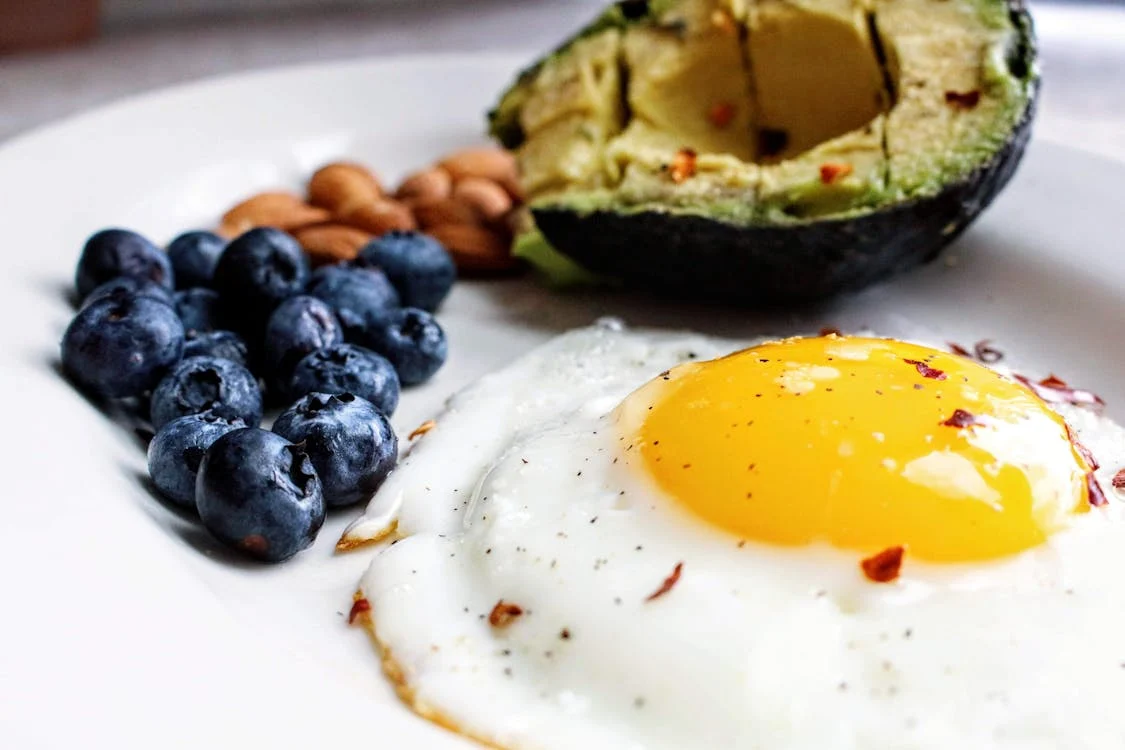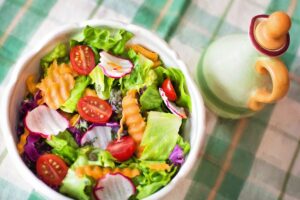The Science Behind Thermogenic Diets: Unlocking Your Body’s Fat-Burning Potential
Are you tired of struggling to shed those extra pounds despite your best efforts? If so, you’re not alone. Many people find themselves in a constant battle with their weight, trying countless diets and exercise routines with limited success. But what if there was a way to supercharge your weight loss efforts and achieve results more efficiently? Enter the world of thermogenic diets.
Understanding Thermogenic Diets
At its core, a thermogenic diet is designed to ramp up your body’s metabolism, turning it into a fat-burning machine. By incorporating specific foods and nutrients that increase thermogenesis, these diets help your body burn more calories and fat, even while at rest.
How Do Thermogenic Diets Work?
Thermogenic diets work by leveraging the thermic effect of food, which refers to the energy expenditure required to digest, absorb, and process nutrients. Certain foods have a higher thermic effect than others, meaning they require more energy to metabolize. By consuming these foods, you can effectively raise your metabolic rate and burn more calories throughout the day.
Key Components of a Thermogenic Diet
So, what exactly should you be eating on a thermogenic diet? Here are some key components to consider:
- Protein-Rich Foods: Foods high in protein, such as chicken, fish, eggs, and legumes, have a significant thermic effect, making them a cornerstone of thermogenic diets.
- Spicy Foods: Spices like cayenne pepper, chili powder, and ginger contain compounds that can temporarily boost metabolism and increase fat burning.
- Caffeine: Found in coffee, tea, and certain supplements, caffeine is a well-known thermogenic agent that can enhance energy expenditure and fat oxidation.
- Green Tea: Green tea contains catechins, antioxidants that have been shown to increase metabolism and promote fat loss.
- Fiber: Fiber-rich foods like fruits, vegetables, and whole grains not only keep you feeling full and satisfied but also require more energy to digest, contributing to thermogenesis.
Real-Life Success Stories
Consider the story of Mike, a busy father of two who struggled to lose weight despite his dedication to exercise. Frustrated by his lack of progress, Mike decided to try a thermogenic diet after hearing about its potential benefits.
By focusing on protein-rich meals, incorporating spicy foods into his diet, and enjoying a cup of green tea each morning, Mike began to see significant changes in his body composition. Not only did he lose weight, but he also noticed an increase in his energy levels and overall well-being.
Important Considerations
While thermogenic diets can be effective for many individuals, it’s essential to approach them with caution and consider the following factors:
- Individual Response: Everyone’s body is different, so what works for one person may not work for another. It may take some trial and error to find the right approach for you.
- Overall Diet Quality: While thermogenic foods can boost metabolism, they should be part of a balanced diet that includes a variety of nutrient-dense foods.
- Exercise: While diet plays a significant role in weight loss, incorporating regular exercise into your routine is essential for long-term success.
In Conclusion
Thermogenic diets offer a promising approach to weight loss by harnessing the power of your body’s natural metabolism. By incorporating thermogenic foods and nutrients into your diet, you can enhance fat burning, increase energy expenditure, and achieve your weight loss goals more efficiently. Remember to approach any diet changes with care and consult with a healthcare professional before making significant adjustments to your eating habits.




